
Lorenzo Bonincontri, or Bonincontro, latinized as Laurentius Bonincontrius (23 February 1410 - 1491), was an Italian astrologer, humanist and historian of the 15th century. [1]

Lorenzo Bonincontri, or Bonincontro, latinized as Laurentius Bonincontrius (23 February 1410 - 1491), was an Italian astrologer, humanist and historian of the 15th century. [1]
He was born in 1410 in San Miniato. [1]
He lived in different cities in Italy: Naples (1450-75), Florence (1475-78) and Rome (1483-91), where he wrote part of his work. [2]
He probably died in 1491 in Rome. [1]

The Pazzi were a noble Florentine family in the Middle Ages. Their main trade during the fifteenth century was banking. In the aftermath of the Pazzi conspiracy in 1478, members of the family were banished from Florence and their property was confiscated; anyone named Pazzi had to take a new name.
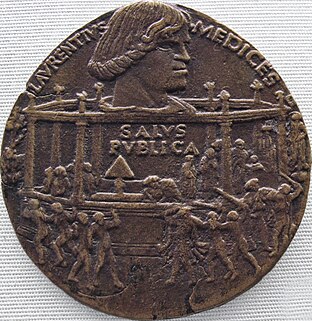
The Pazzi conspiracy was a plot by members of the Pazzi family and others to displace the Medici family as rulers of Renaissance Florence.
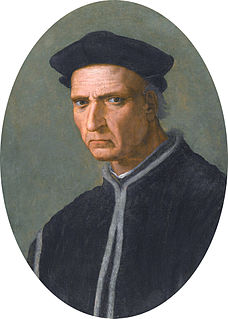
Piero di Tommaso Soderini also known as Pier Soderini, was an Italian statesman of the Republic of Florence.

Count Angelo De Gubernatis, Italian man of letters, was born in Turin and educated there and at Berlin, where he studied philology. He was nominated for the Nobel Prize in Literature fourteen times.

Frederick, sometimes called Frederick IV or Frederick of Aragon, was the last King of Naples of the Neapolitan branch of the House of Trastámara, ruling from 1496 to 1501. He was the second son of Ferdinand I, younger brother of Alfonso II, and uncle of Ferdinand II, his predecessor.

Francesco Berlinghieri (1440–1501) was an Italian scholar and humanist who lived during the fifteenth century. He promoted the value of classical Greek learning and was one of the first to print a text based on Ptolemy's Geographica. Berlinghieri studied poetry under the tutelage of Cristoforo Landino.
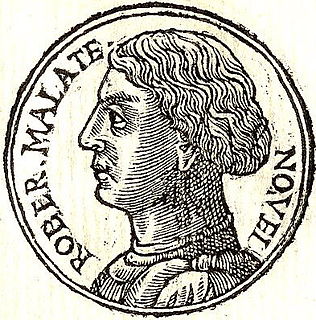
Roberto Malatesta was an Italian condottiero, or mercenary captain, lord of Rimini, and a member of the House of Malatesta.
The decade of the 1410s in art involved some significant events.
Francesco Maria Macchiavelli was an Italian Catholic cardinal. Born in Florence, he was bishop of Ferrara from 1638 to 1653.
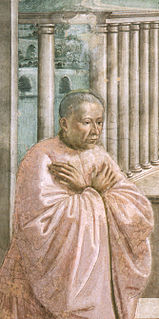
Giovanni Tornabuoni was an Italian merchant, banker and patron of the arts from Florence.
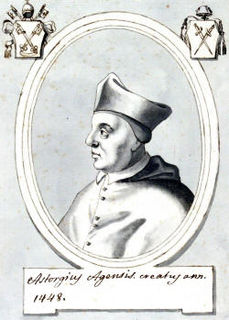
Astorgio Agnensi (1391–1451) was an Italian Roman Catholic bishop and cardinal, multiple papal governor and multiple Curiate official.

Ercole dei Fedeli was an Italian goldsmith and master sword engraver. His name has also been recorded as Ercole da Ferrara, da Sesso, dei Fidelis, de Fedeli or de Fedelis.

Giovanni di Bernardo Rucellai was an Italian humanist, poet, dramatist and man of letters in Renaissance Florence, in Tuscany, Italy. A member of a wealthy family of wool merchants and one of the richest men in Florence, he was cousin to Pope Leo X and linked by marriage to the powerful Strozzi and de' Medici families. He was born in Florence, and died in Rome. He was the son of Bernardo Rucellai (1448–1514) and grandson of Giovanni di Paolo Rucellai (1403–1481). He is now remembered mostly for his poem Le Api, one of the first poems composed in versi sciolti to achieve widespread acclaim.
Giovanni Pellegrini was an Italian architect.

Lucantonio Giunti or Giunta was a Florentine book publisher and printer, active in Venice from 1489, a member of the Giunti family of printers. His publishing business was successful, and among the most important in the late fifteenth and early sixteenth centuries. Through partnerships, often with members of his family, he expanded the business through much of Europe. At about the time of his death in 1538 there were Giunti presses in Florence and Lyon, Giunti bookshops or warehouses in Antwerp, Burgos, Frankfurt, Lisbon, Medina del Campo, Paris, Salamanca and Zaragoza, and agencies in numerous cities of the Italian peninsula, including Bologna, Brescia, Genoa, Livorno, Lucca, Naples, Piacenza, Pisa, Rome, Siena and Turin, as well as the islands of Sardinia and Sicily.
Camillo Caetani (Gaetano) was an Italian aristocrat and Papal diplomat in several European capitals during the early Counterreformation.

The Battle of Capo d'Orso, sometimes known as the Battle of Cava and the Battle of Amalfi was a naval engagement taking place over two days, on April 28 and April 29, 1528. A French fleet inflicted a crushing defeat on the fleet of the Kingdom of Naples under Spanish control in the Gulf of Salerno, where the Spanish forces sailing southwards from their naval station in Naples trying to break the French blockade of the city met the French fleet.
Alessandro Braccesi was an Italian humanist, writer and diplomat. He was born in Florence and died in Rome. Perugino's Portrait of a Boy was long identified as him, but this identification has now been refuted.
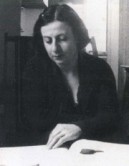
Marisa Mori was an Italian painter and printmaker. She was one of the few female artists in the Futurism movement.
Lorenzo De Mari was the 157th Doge of the Republic of Genoa and king of Corsica.
| | This biographical article about an Italian historian is a stub. You can help Wikipedia by expanding it. |